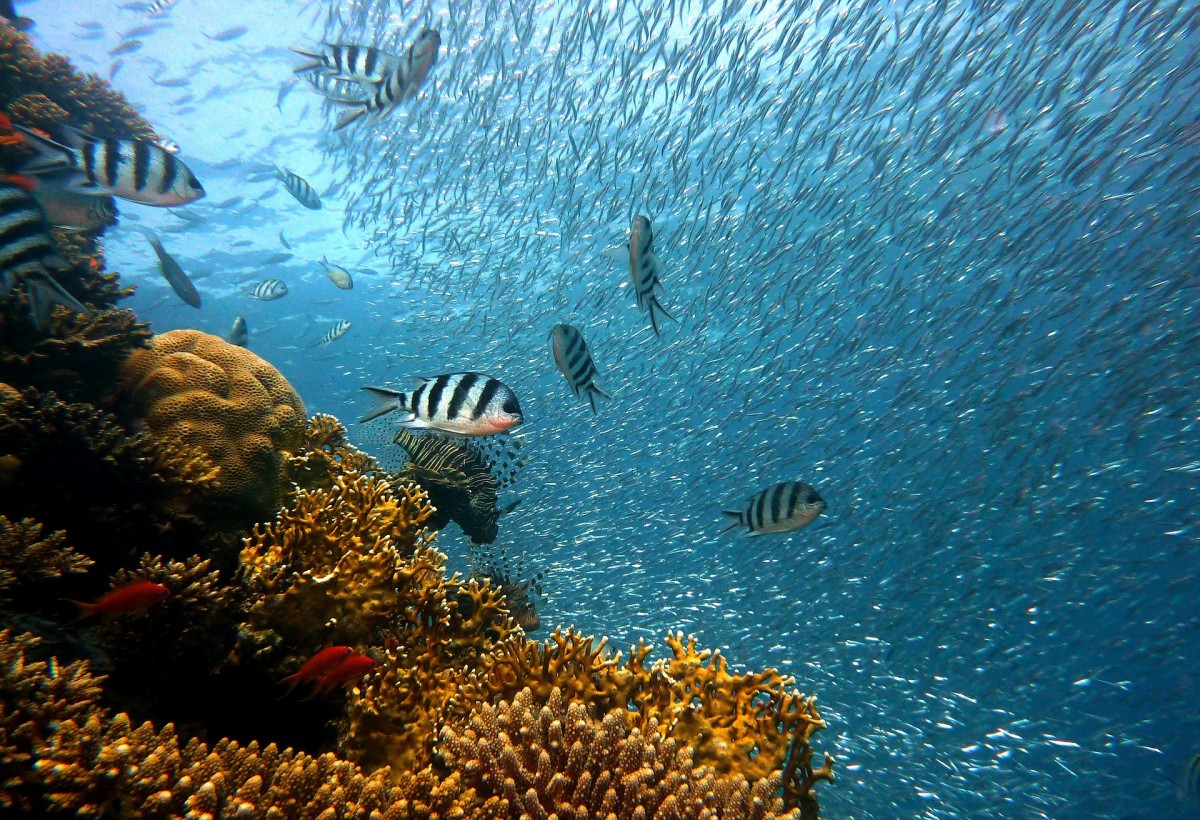EU action has not led to the recovery of significant marine ecosystems and habitats, according
to a new special report published today by the European Court of Auditors (ECA).
Its framework to protect the marine environment is not deep enough to restore seas to good
environmental condition, while EU funds rarely support the conservation of marine species and
habitats. The auditors found that marine protected areas (MPAs) provide limited real
protection, while overfishing persists, particularly in the Mediterranean.
The EU is committed to protecting the marine environment through its environmental and
fisheries policies. Its main environmental policies are set out in the Marine Strategy Framework
Directive and the Birds and Habitats Directives, and include establishing a network of MPAs. The
EU’s common fisheries policy aims to ensure that fishing activities are environmentally
sustainable and to minimise their negative impacts on the marine ecosystem, as well as providing
funding. However, the EU has not succeeded in halting marine biodiversity loss in Europe’s seas.
“Due to their economic, social and environmental importance, seas are a real treasure. However,
EU action has so far been unable to restore European seas to good environmental status, nor
fishing to sustainable levels”, said João Figueiredo, the Member of the European Court of
Auditors responsible for the report. “Our audit clearly raises the red flag over the EU’s sea
protection.”
The EU framework provides only limited protection of marine biodiversity in practice. The more
than 3000 MPAs are probably the most emblematic marine conservation measures. However,
although MPAs cast a wide protective net, the auditors point out that it does not run deep. This is
in line with a recent assessment by the European environment agency (EEA), which found that
less than 1 % of European MPAs could be considered marine reserves with full protection. To be
effective, MPAs would need to sufficiently cover the EU’s most vulnerable marine species and
their habitats, include fishing restrictions where needed, and be well managed. This is far from
being the case.
Similarly, regulatory tools linking the EU’s marine biodiversity policy with its fisheries policy do
not work well in practice. In the sea areas the auditors examined, such tools have yet to be used
successfully. EU law includes provisions on endangered species and habitats. These provisions are
more than 25 years old and do not take into account recent scientific knowledge.
Fishing has a considerable impact on the marine environment. Although the common fisheries
policy had begun to improve fish stocks in the Atlantic, there were no meaningful signs of
progress in the Mediterranean. Fishing there is at more than twice sustainable levels. The EEA
recently reported that only 6 % of assessed stocks in the Mediterranean met the ‘maximum
sustainable yield’ criteria.
While EU policies state that EU funding should support marine environment protection, only a
small share is used for that purpose. About €6 billion was allocated to the European Maritime
and Fisheries Fund (EMFF) for the 2014-2020 period. However, the auditors estimate that the
four Member States they visited (Spain, France, Italy and Portugal), had used only 6 % for
measures directly related to conservation measures and a further 8 % for measures with a less
direct impact on conservation. Of this, they had used less than €2 million (0.2 %) to limit the
impact of fishing on the marine environment. Yet EU funding can make a difference, as seen in
good examples of projects funded through the EU’s LIFE and Interreg programmes.
eca.europa.eu
pixabay

















